How To Create A Microscope ?
To create a microscope, you would typically need a combination of lenses, a light source, and a stage to hold the specimen. The lenses are used to magnify the image, while the light source illuminates the specimen for better visibility. The stage allows you to position and focus the specimen under the lenses. Microscopes can be either simple or compound. Simple microscopes have only one lens, while compound microscopes have multiple lenses to provide higher magnification. Additionally, modern microscopes often include features like adjustable focus, different objective lenses for varying magnification levels, and eyepieces for viewing the magnified image. It is important to note that creating a functional microscope from scratch can be a complex task requiring expertise in optics and precision engineering.
1、 Optical Components and Magnification
To create a microscope, you will need a combination of optical components and magnification techniques. Here is a step-by-step guide on how to create a basic microscope:
1. Start with a light source: A microscope requires a light source to illuminate the specimen. You can use a regular light bulb or a LED light source.
2. Condenser: The condenser is used to focus the light onto the specimen. It consists of a lens system that collects and concentrates the light. Place the condenser below the stage of the microscope.
3. Stage: The stage is where you place the specimen. It should be flat and sturdy to hold the specimen in place.
4. Objective lens: The objective lens is the main magnifying lens of the microscope. It is located just above the stage and can be interchanged with lenses of different magnifications. The objective lens collects light from the specimen and forms an enlarged image.
5. Eyepiece: The eyepiece is the lens through which you observe the magnified image. It is located at the top of the microscope and can also be interchanged with different magnifications.
6. Focus mechanism: A microscope needs a focus mechanism to adjust the distance between the objective lens and the specimen. This can be achieved using a coarse focus knob for rough adjustments and a fine focus knob for precise focusing.
7. Magnification: The magnification of a microscope is determined by the combination of the objective lens and the eyepiece. The total magnification is calculated by multiplying the magnification of the objective lens by the magnification of the eyepiece.
It is important to note that this is a basic guide to creating a microscope. Modern microscopes often incorporate advanced features such as digital imaging, fluorescence, and confocal microscopy. These advancements have revolutionized the field of microscopy, allowing for higher resolution and more detailed observations.
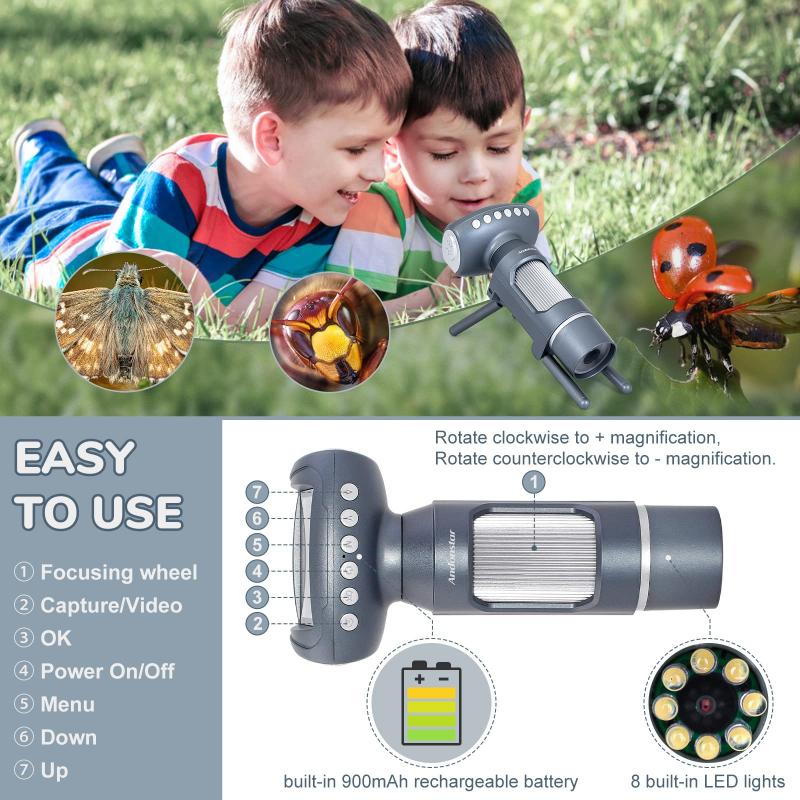
2、 Illumination and Contrast Techniques
Creating a microscope involves several steps and components, with illumination and contrast techniques being crucial for achieving clear and detailed images. Here is a general guide on how to create a microscope, focusing on these aspects:
1. Basic Components: Start by gathering the necessary components, including a light source, lenses, a stage, and a viewing apparatus such as eyepieces or a camera.
2. Illumination: Proper illumination is essential for microscopy. One common method is to use a light source, such as a halogen lamp or LED, positioned beneath the stage. This light is directed through the sample, enhancing visibility. Advanced techniques like darkfield or phase contrast illumination can be employed to improve contrast and highlight specific features.
3. Contrast Techniques: Contrast techniques are used to enhance the visibility of different structures within the sample. Staining is a widely used technique where specific dyes are applied to the sample, making certain structures more visible. Another technique is phase contrast microscopy, which exploits differences in refractive index to create contrast. Differential interference contrast (DIC) microscopy is another method that provides 3D-like images by manipulating polarized light.
4. Optics: The quality of lenses and their arrangement greatly affects the microscope's performance. A combination of objective lenses with varying magnifications and numerical apertures is used to capture different levels of detail. Eyepieces further magnify the image for the viewer.
5. Latest Point of View: With advancements in technology, digital microscopy has gained popularity. Digital microscopes use high-resolution cameras to capture images, which can be viewed on a computer screen or stored for further analysis. Additionally, techniques like confocal microscopy and super-resolution microscopy have revolutionized the field, allowing for imaging at the nanoscale.
Creating a microscope requires careful consideration of illumination and contrast techniques, as well as the integration of advanced technologies. By following these steps and incorporating the latest advancements, one can create a microscope capable of producing high-quality images for various scientific and medical applications.
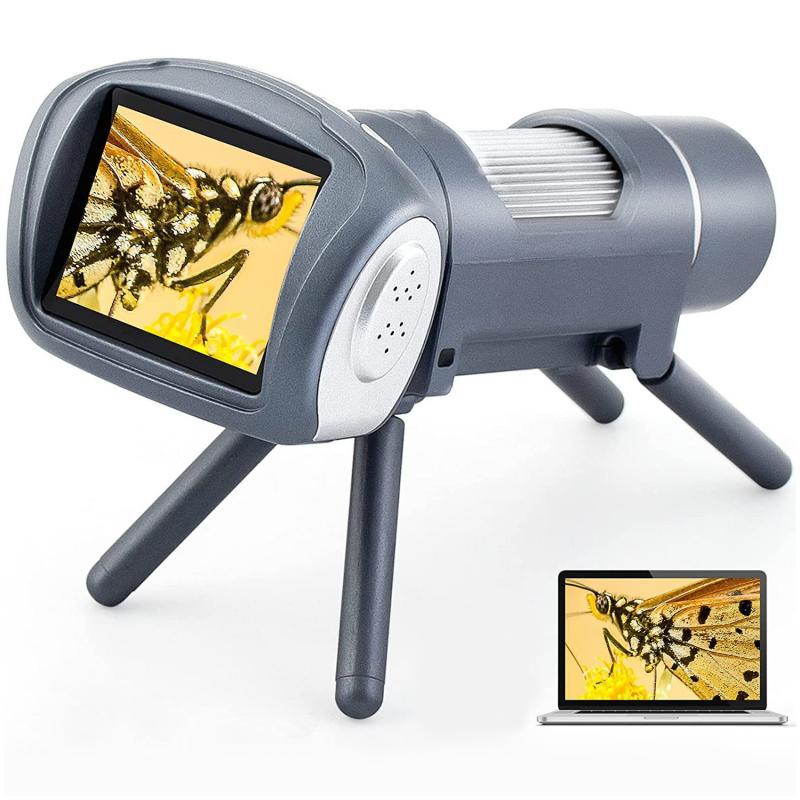
3、 Sample Preparation and Mounting
To create a microscope, you will need to follow a series of steps for sample preparation and mounting. Here is a general guide on how to do so:
1. Sample Collection: Start by collecting the sample you want to observe under the microscope. This could be anything from a biological specimen to a mineral or material.
2. Fixation: Depending on the nature of the sample, you may need to fix it to preserve its structure. This can involve using chemicals like formaldehyde or glutaraldehyde to prevent degradation.
3. Dehydration: If the sample is biological, it will need to be dehydrated to remove water content. This is typically done by gradually replacing water with alcohol or other organic solvents.
4. Embedding: For certain samples, embedding in a solid medium is necessary to provide support and facilitate thin sectioning. Common embedding materials include paraffin wax or resin.
5. Sectioning: Once the sample is embedded, it can be sliced into thin sections using a microtome. These sections are then mounted onto glass slides for further processing.
6. Staining: Staining is often used to enhance contrast and highlight specific structures within the sample. Various dyes and stains can be applied depending on the type of sample and the information sought.
7. Coverslipping: After staining, a coverslip is placed over the sample to protect it and provide a flat surface for observation. A mounting medium, such as a clear resin, is used to secure the coverslip in place.
8. Microscope Observation: Finally, the prepared slide is placed under a microscope for observation. Depending on the type of microscope, different techniques such as brightfield, phase contrast, or fluorescence microscopy can be employed to visualize the sample.
It is important to note that the latest point of view in sample preparation and mounting involves advancements in techniques such as cryo-electron microscopy, which allows for the observation of samples in their native, hydrated state without the need for fixation or staining. This technique has revolutionized the field by providing high-resolution imaging of delicate biological structures. Additionally, the development of automated sample preparation systems has improved efficiency and reproducibility in the process.

4、 Focusing and Adjusting the Microscope
Creating a microscope may seem like a daunting task, but with the right materials and knowledge, it is possible to build a basic microscope at home. Here is a step-by-step guide on how to create a microscope:
1. Gather the materials: You will need a small glass lens, a light source (such as a flashlight), a small piece of cardboard or plastic, a small glass slide, and a sample to observe (such as a plant cell or a drop of water).
2. Construct the base: Cut the cardboard or plastic into a small rectangular shape to serve as the base of the microscope. This will hold the lens and the slide.
3. Attach the lens: Place the lens in the center of the base and secure it with tape or glue. Make sure the lens is positioned concave side up.
4. Create the stage: Attach a small piece of cardboard or plastic perpendicular to the base to serve as the stage for the slide. This will hold the sample to be observed.
5. Position the light source: Place the light source behind the lens, ensuring that the light is directed towards the sample on the slide. This will provide illumination for the microscope.
6. Focus and adjust: Hold the microscope up to your eye and position the sample on the slide. Adjust the distance between the lens and the sample until the image comes into focus. You can also adjust the angle of the light source to enhance the clarity of the image.
It is important to note that this homemade microscope will have limitations in terms of magnification and resolution compared to professional microscopes. However, it can still provide a basic understanding of microscopic observation.
In recent years, there have been advancements in the field of microscopy, such as the development of digital microscopes. These microscopes utilize digital imaging technology to capture and analyze images, allowing for easier sharing and analysis of microscopic samples. Additionally, there have been advancements in high-resolution microscopy techniques, such as super-resolution microscopy, which can achieve resolutions beyond the diffraction limit of light. These advancements have greatly expanded the capabilities of microscopy and have contributed to various scientific discoveries and advancements in fields such as biology, medicine, and materials science.












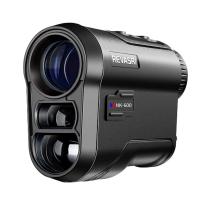


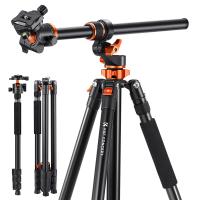

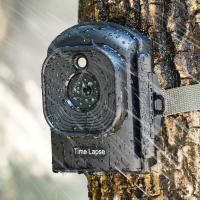

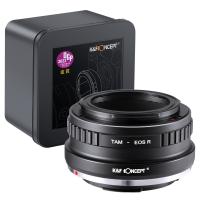



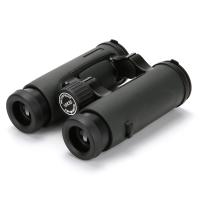
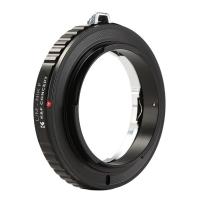
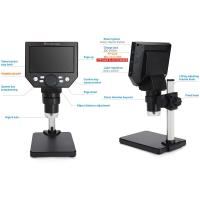



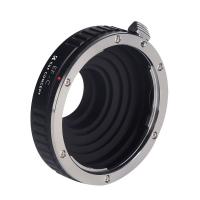
There are no comments for this blog.